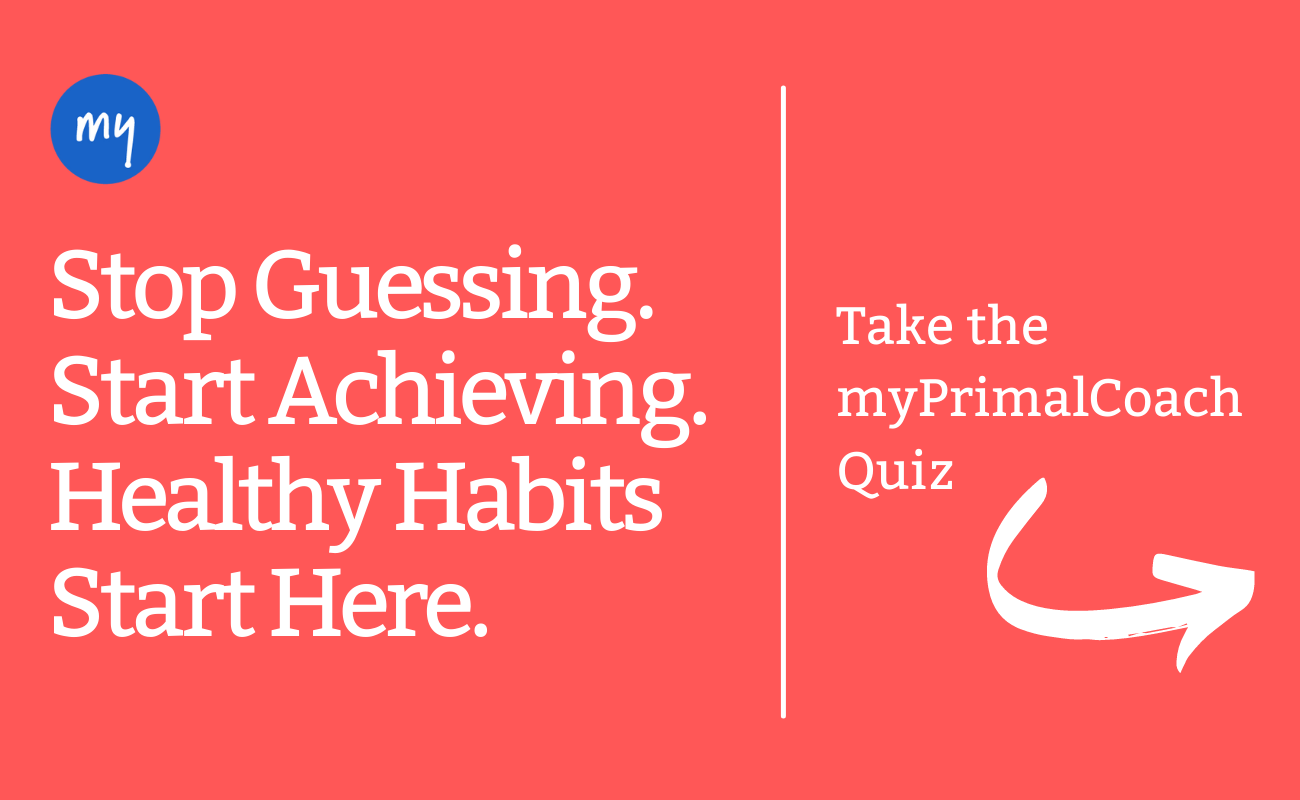Just when you thought exercise was merely exercise, Zone 2 aerobic training is making a big comeback. Whether you’re new to fitness or have been hitting the pavement (or the weights) for years, Zone 2 training could be the key to changing your relationship with exercise. Not only that, it can improve your endurance, condition your heart, and help you live longer.
Thanks to unhelpful phrases like “no pain, no gain,” most people assume that working out needs to be a strenuous sweatfest. You know the feeling — tired, burning muscles and arduous breathing that leaves you utterly exhausted at the end.
Maybe you’re fixated on a certain pace. Or you want to sit at the top of the leaderboard. Or you feel like you need to push harder to “make it count.” The truth is, more isn’t always better. And sometimes, going slower gives you bigger gains. That’s where Zone 2 training comes in.

What is Zone Training?
When we talk about Zone Training, we’re referring to your heart rate zone. Specifically, keeping your heart rate in a particular range throughout your workout. Just FYI, you’ll need a heart rate monitor to track this. Fitbits and Apple Watches have one built-in. But you can also buy a chest strap (paired with an app on your phone) to measure your heart’s beats per minute.
There are 5 zones in heart rate training. To know what Zone 2 feels like, you’ve got to understand the other four zones as well.
Start with your max heart rate. The classic formula to determine your max heart rate is 220 minus your age. However, a revised formula of 208 minus 0.7 x your age is considered more accurate. And if your math skills weren’t put to the test enough there, each zone is equal to a certain percentage of that number, as you’ll see below.
- Zone 1: This is a super easy effort. So, easy, in fact, that it might not even feel like exercise. To figure out if you’re in Zone 1, your heart rate will be 50-60% of your max heart rate. On a scale of 1-10 on a perceived rate of exertion (PRE), it’s a 4. Walking, leisurely bike rides, and gentle yoga are great examples of Zone 1 training.
- Zone 2: This zone is between 60-70% of your max heart rate. Or about a 5 or 6 on the PRE scale. It should also feel fairly easy, and you should be able to hold a conversation during your workout. That means full-sentence responses, not one- or two-word gasps. This could be a fast walk, slow jog, or moderately-paced bike ride.
- Zone 3: Zone 3 doesn’t provide a whole lot of benefit. You’re not going slow enough to build your base and not going fast enough to develop your speed. Often referred to in the running world as “junk miles,” this would be a perceived effort of 7 or 70-80% of your max heart rate. You’ll know you’re in Zone 3 when you do respond with one- to two-word gasps.
- Zone 4: In this higher-intensity zone (between 80 and 90% of your max and about an 8-9 on the PRE scale), you’re not going all out, but yes, your legs and lungs will be burning. Think interval sprints and HIIT classes.
- Zone 5: Zone 5 is your maximum effort. Something you can only sustain for a few seconds at a time (i.e., a 10 out of 10 on the perceived exertion rate scale and 90-100% of your maximum heart rate). This type of training builds your fast-twitch muscle fibers and helps them fire more effectively.
Why Focus on Zone 2 Training?
The benefits of Zone 2 training go on and on, including better endurance, faster recovery, fat loss, improved immune function, and reduced risk of metabolic syndrome. Research also suggests that it decreases systemic inflammation, which can lead to everything from cardiovascular disease to cancer.
From a physiological perspective, Zone 2 training sessions activate slow-twitch, or type 1 muscle fibers. These fibers contain a large number of mitochondria, which break down stored fat and convert it into energy, or ATP. So, the more you train in Zone 2, the healthier and more abundant your mitochondria will be. And the more you’ll burn fat for energy instead of glucose. Because this lower intensity training is less demanding on the body, it also creates less stress, fewer waste products like lactate, and facilitates a parasympathetic response (or rest-to-digest) state.
Benefits of Zone 2 Training:
- Increases mitochondria
- Lowers resting heart rate
- Decreases blood pressure
- Increased VO2 max
- Reduces risk of injury
- Improves insulin resistance
- Boosts athletic performance
- Burns more fat
- Helps you recover faster
- Prevents inflammation
- Engages the parasympathetic nervous system
- Creates less lactate
- Increases metabolic flexibility
- Easier to stay consistent with workouts
- Makes you actually like exercising (or at least not dread it)
How Often Should I Train in Zone 2?
Remember, more isn’t always better — especially if you exercise regularly in zones 3, 4, or 5. Zones 4 and 5 have benefits, but this type of training is intended for short bursts and, ideally, not more than twice a week. Eighty to eighty-five percent of your workouts should land in Zone 2. That means most of your walks, runs, hikes, weightlifting, and spin sessions should come in at a 5 or 6 on the perceived rate of exertion scale. Or, if you’re using a heart-rate monitor, which we highly recommend, you’ll be between 60-70% of your max heart rate.
You can exercise at this level daily since you only need about 8 hours for recovery in between sessions. But for beginners or those returning to exercise, 30-60 minutes, two times per week is a good place to start. And for more experienced athletes, aim for 4 sessions a week. Not only will that schedule keep you feeling strong and motivated, you’ll begin to redefine your relationship with exercise.
Instead of being an hour-long sufferfest, you might actually start enjoying it.
Tips for Making the Most of Your Zone 2 Training
The goal of exercise (and life in general) isn’t to crush it 24/7. So, if you’re used to “going hard” or avoiding your workouts altogether, here are a few tips for staying on track.
- Leave your ego at the door. Don’t push your pace, even when you swear it feels good. Just because you’re capable of going faster doesn’t mean you should.
- Don’t be afraid to go slow. At first, this will feel like you’re not getting any benefit out of your workout. Trust us, slower is better. This is where you’ll reap the rewards.
- Use a heart rate monitor. The perceived exertion rate method works (stay at a PRE of 5 or 6 out of 10). But for more accuracy, track your beats per minute with a heart rate monitor and stay at 60-70% of your max heart rate.
- Prioritize fat over carbs. Zone 2 puts you in a fat-burning state, so fuel your body with healthy fats like avocado, eggs, and nuts instead of quick digesting carbs.
- Remember what you’re doing for your health. In this zone, you’re building endurance, improving mitochondrial function, reducing the risk of disease, helping extend your life, and so much more.
Summary
Sometimes you’ve got to slow down to speed up. That’s what Zone 2 aerobic training is all about. If you’re dreading your workouts, caught in a cycle of chronic cardio, or avoiding exercise completely, give Zone 2 training a try.
By exercising at a lower intensity, you won’t get the same leg-burning, out-of-breath, completely exhausted feeling that comes with HIIT training. And you won’t keep using glucose for energy. Instead, you’ll become a star fat-burner, see yourself getting faster with less effort, and may even start to love working out more than you hate it.

